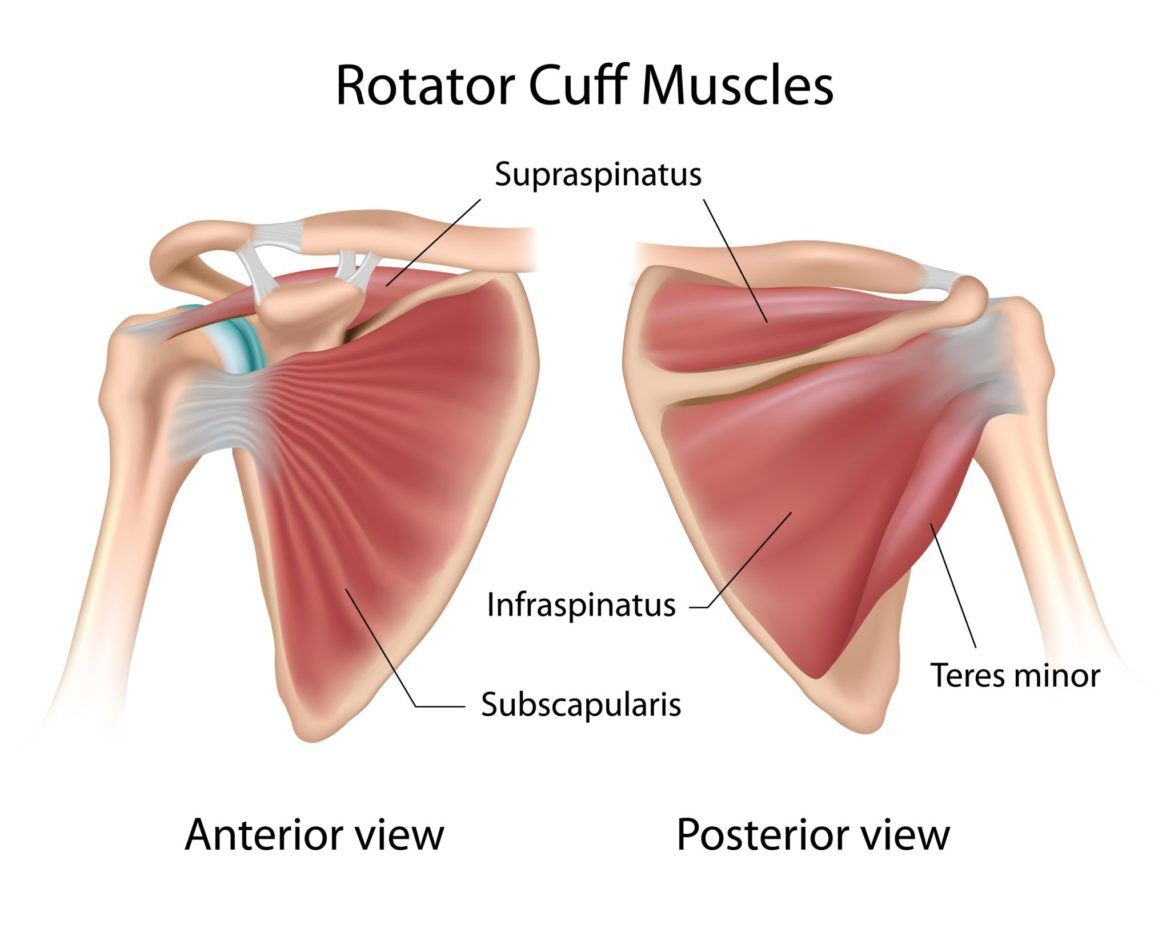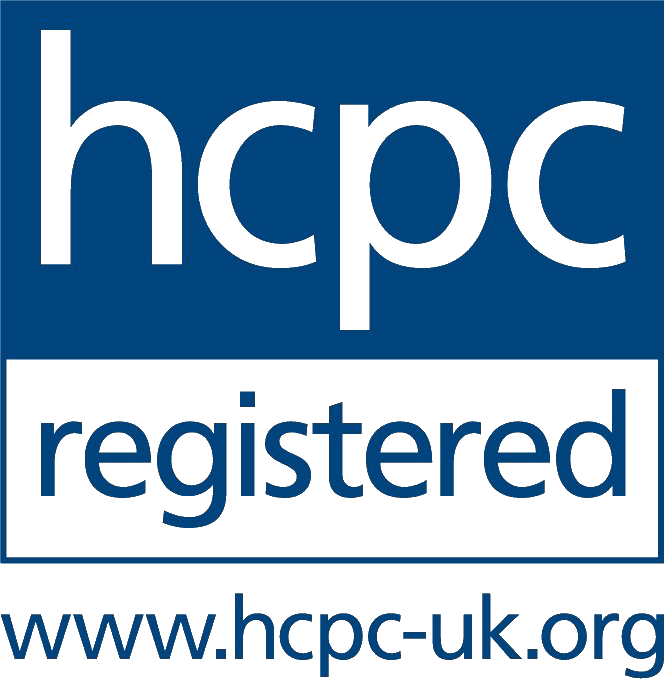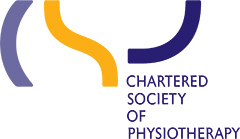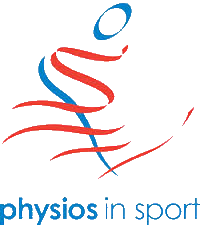Subacromial Pain Syndrome
Subacromial pain syndrome is defined as all non-traumatic, usually unilateral, shoulder problems that cause pain, localised around the acromion, often worsening during or subsequent to lifting of the arm. Subacromial pain syndrome is a term that has replaced the more commonly known subacromial impingement syndrome and is described as an irritation of the structures that pass through the subacromial space when the arm is elevated. Subacromial pain syndrome is the most common form of reported shoulder pain, and can be classed as either primary or secondary:
1) Primary: Structural changes that narrows the subacromial space which is either congenital or acquired
2) Secondary: Abnormal scapulothoracic movement as a result of strength balance alterations generally originating from thr rotator cuff, meaning that altered translation of the humeral head during overhead activities cause pain typically at the front / side aspect of the shoulder.
Symptoms
Symptoms can be acute, chronic, or acute on chronic and usually occurs without any known preceding trauma. A typical pattern is the ‘painful arc’, where pain is reported when elevating the arm between 70 degrees and 120 degrees and the person usually has trouble lying on the affected side.
Diagnosis
While there are a number of tests designed to positively diagnose subacromial pain syndrome, there is not one single test that can correctly differentiate from other diagnoses. It has been documented that a battery of tests is far more accurate, and a positibe Hawkins-kennedy, painful arc and infraspinatus tust having a considerable higher predictive value.
How Can Physiotherapy Help?
There is more and more evidence emerging to highlight that outcomes following surgery are not superior to those who undergo non-operative rehabilitation, and therefore this should be considered in the first instance.
Physiotherapy can provide a number of interventions, which include:
• Education and advice
• Pain education during the acute phases
• Mobility exercises
• Strengthening exercises
• Stretching exercises
• Manual therapy
• Acupuncture
• Electrotherapy
1) Primary: Structural changes that narrows the subacromial space which is either congenital or acquired
2) Secondary: Abnormal scapulothoracic movement as a result of strength balance alterations generally originating from thr rotator cuff, meaning that altered translation of the humeral head during overhead activities cause pain typically at the front / side aspect of the shoulder.
Symptoms
Symptoms can be acute, chronic, or acute on chronic and usually occurs without any known preceding trauma. A typical pattern is the ‘painful arc’, where pain is reported when elevating the arm between 70 degrees and 120 degrees and the person usually has trouble lying on the affected side.
Diagnosis
While there are a number of tests designed to positively diagnose subacromial pain syndrome, there is not one single test that can correctly differentiate from other diagnoses. It has been documented that a battery of tests is far more accurate, and a positibe Hawkins-kennedy, painful arc and infraspinatus tust having a considerable higher predictive value.
How Can Physiotherapy Help?
There is more and more evidence emerging to highlight that outcomes following surgery are not superior to those who undergo non-operative rehabilitation, and therefore this should be considered in the first instance.
Physiotherapy can provide a number of interventions, which include:
• Education and advice
• Pain education during the acute phases
• Mobility exercises
• Strengthening exercises
• Stretching exercises
• Manual therapy
• Acupuncture
• Electrotherapy











